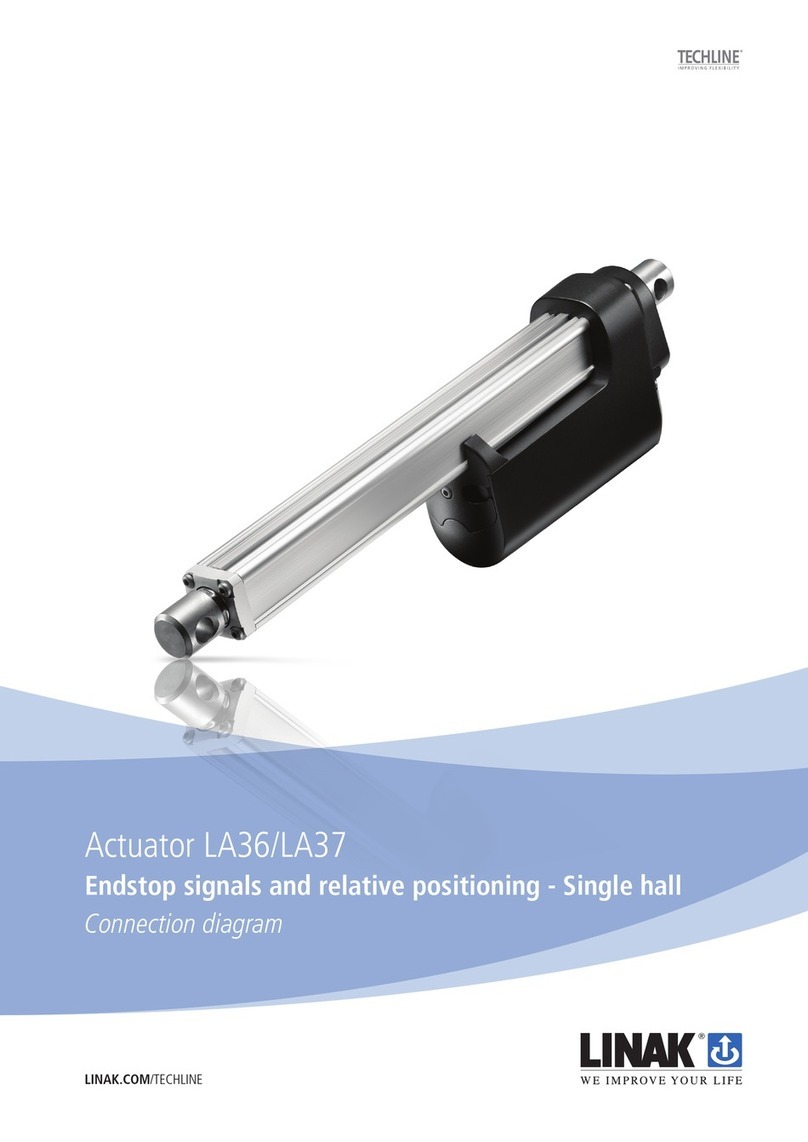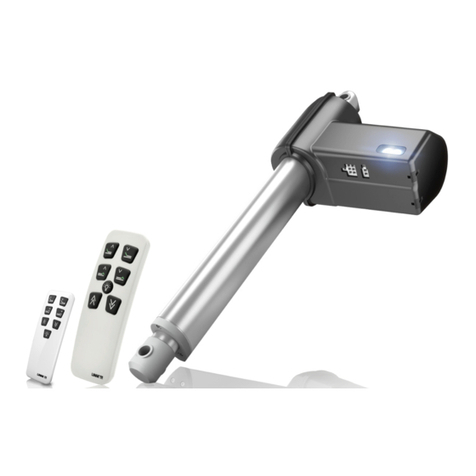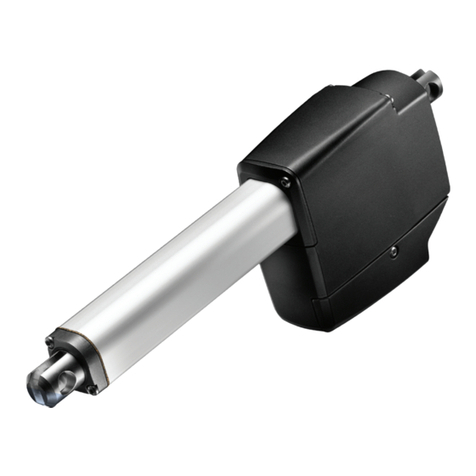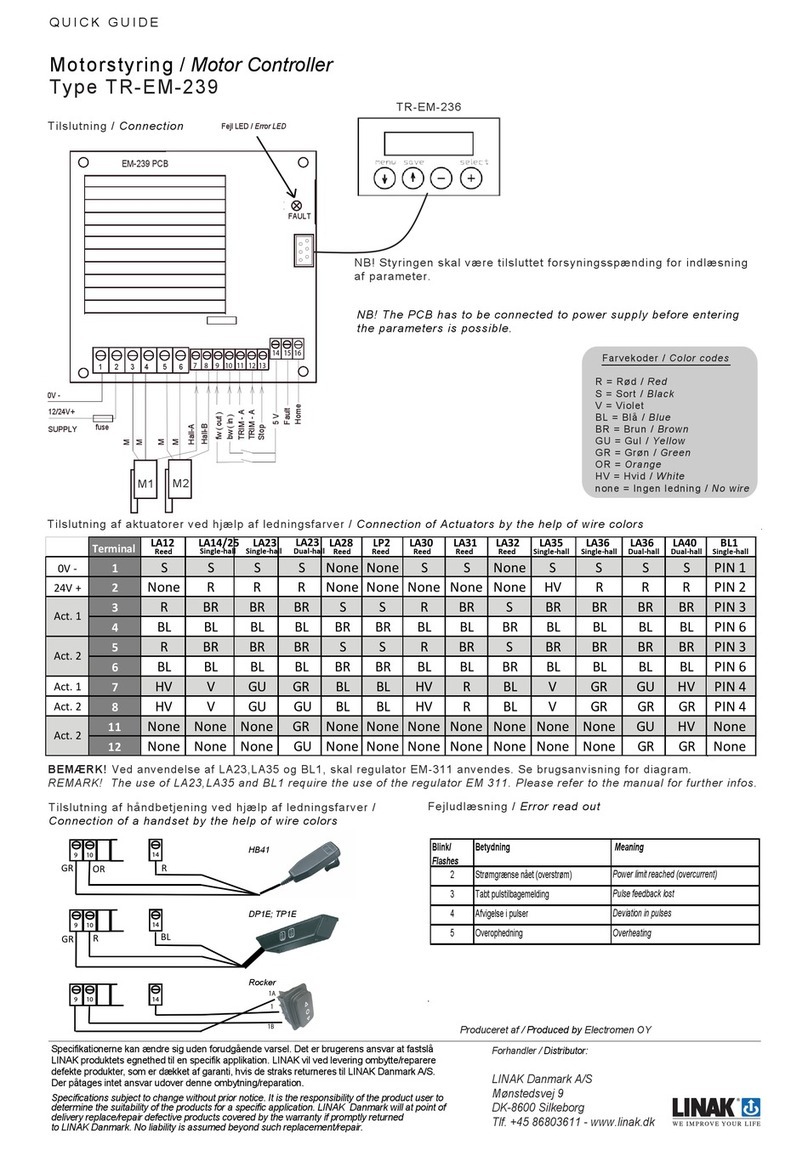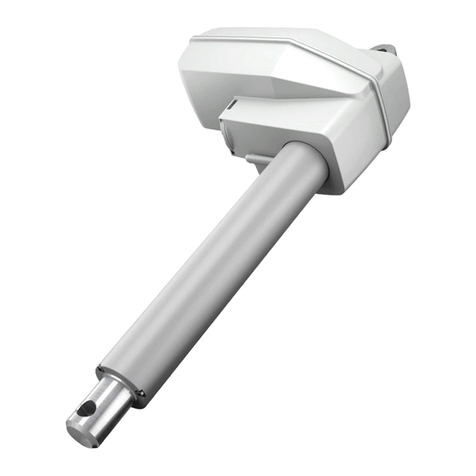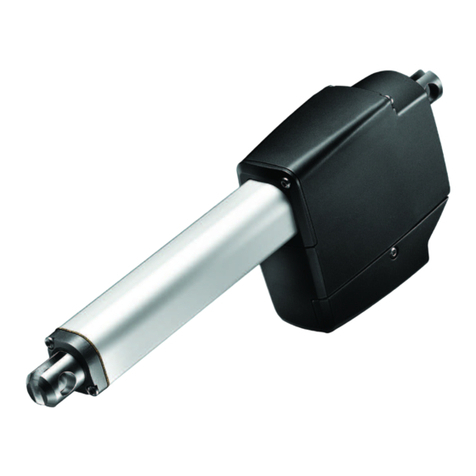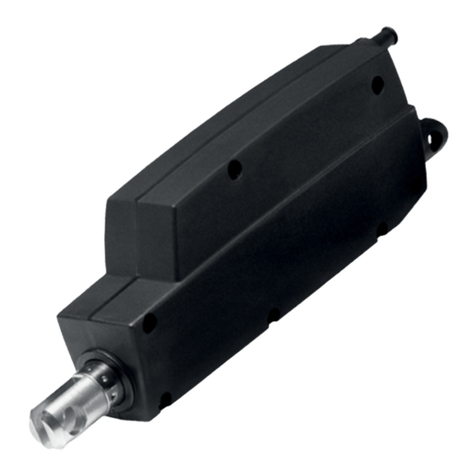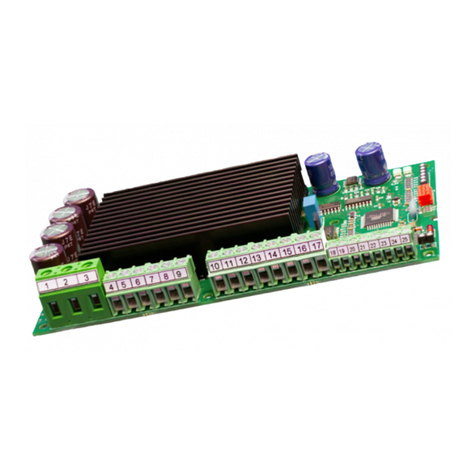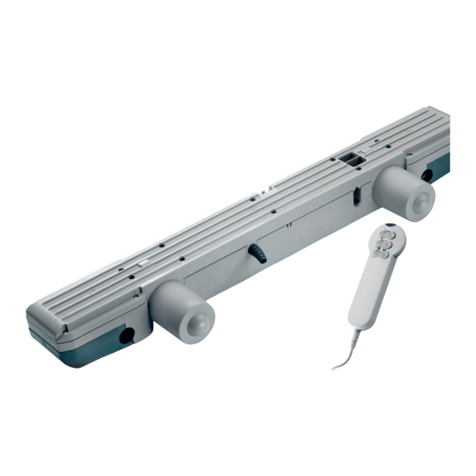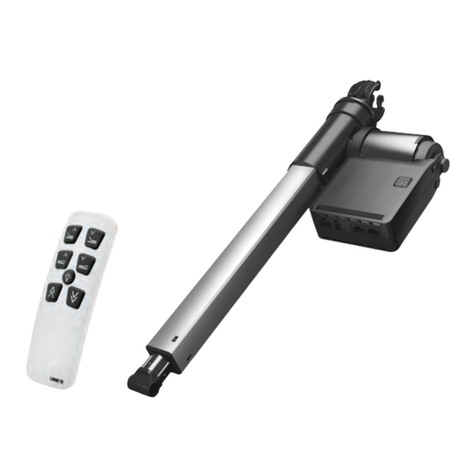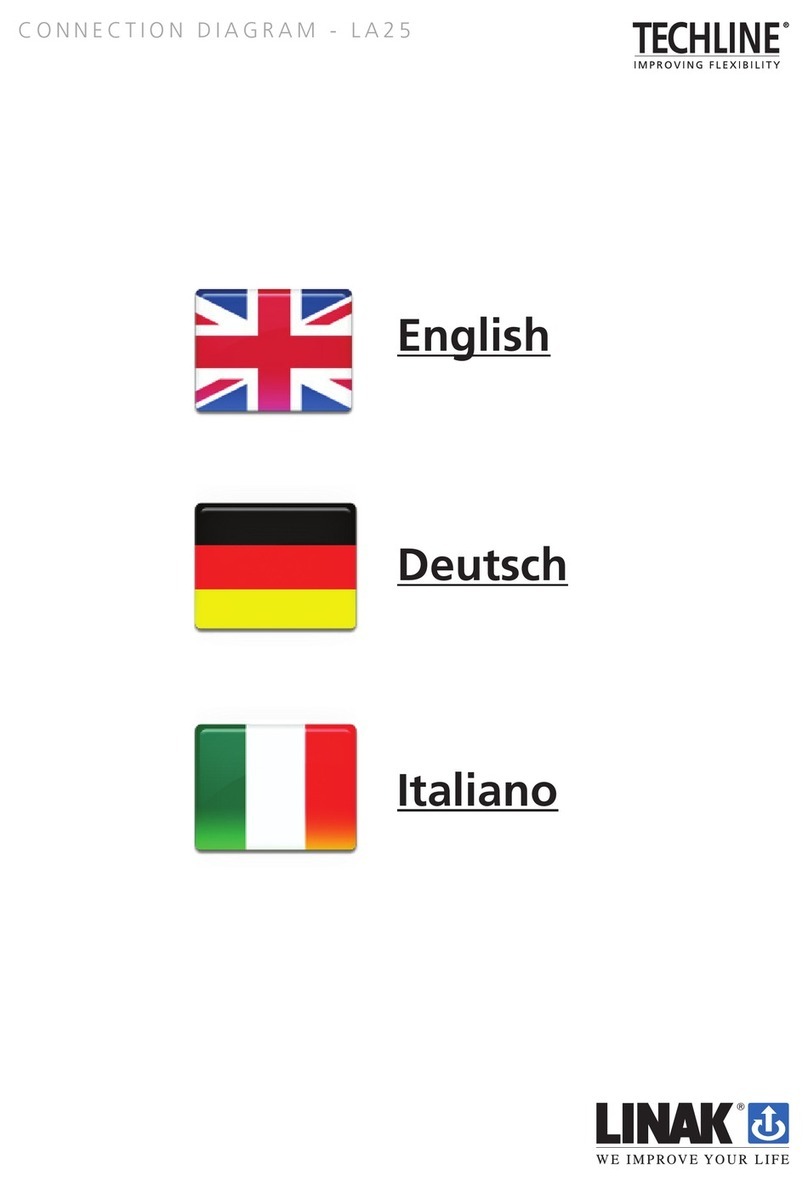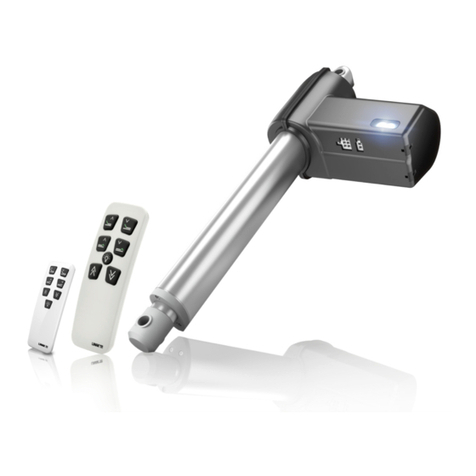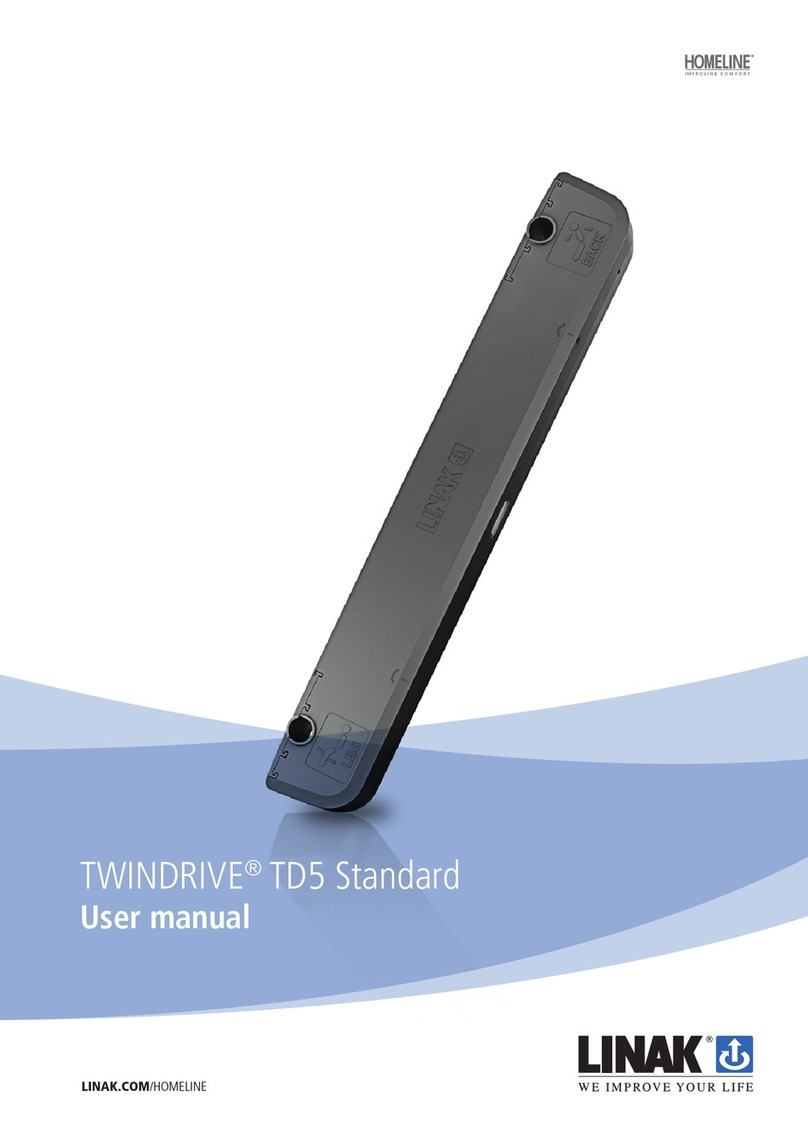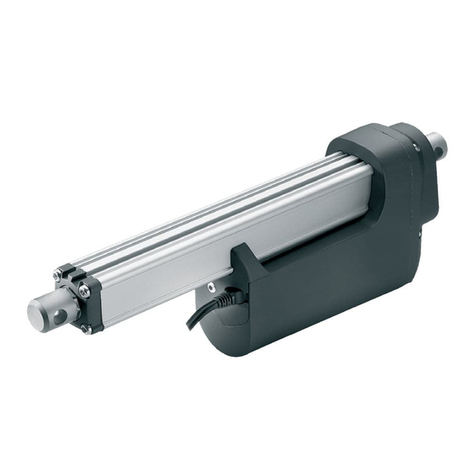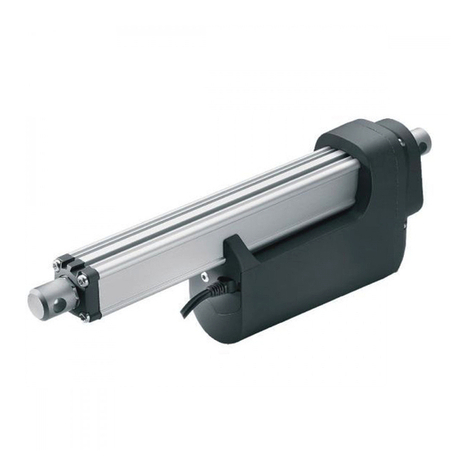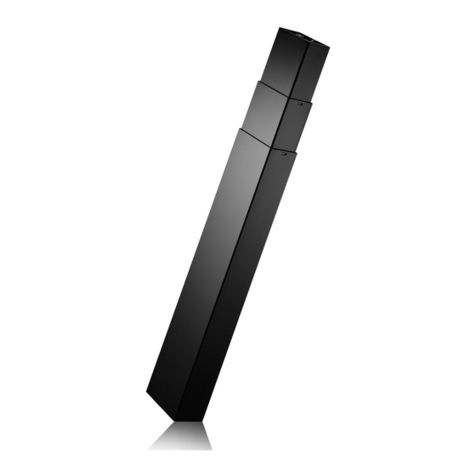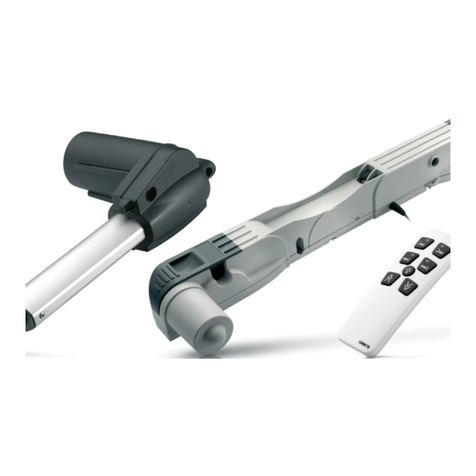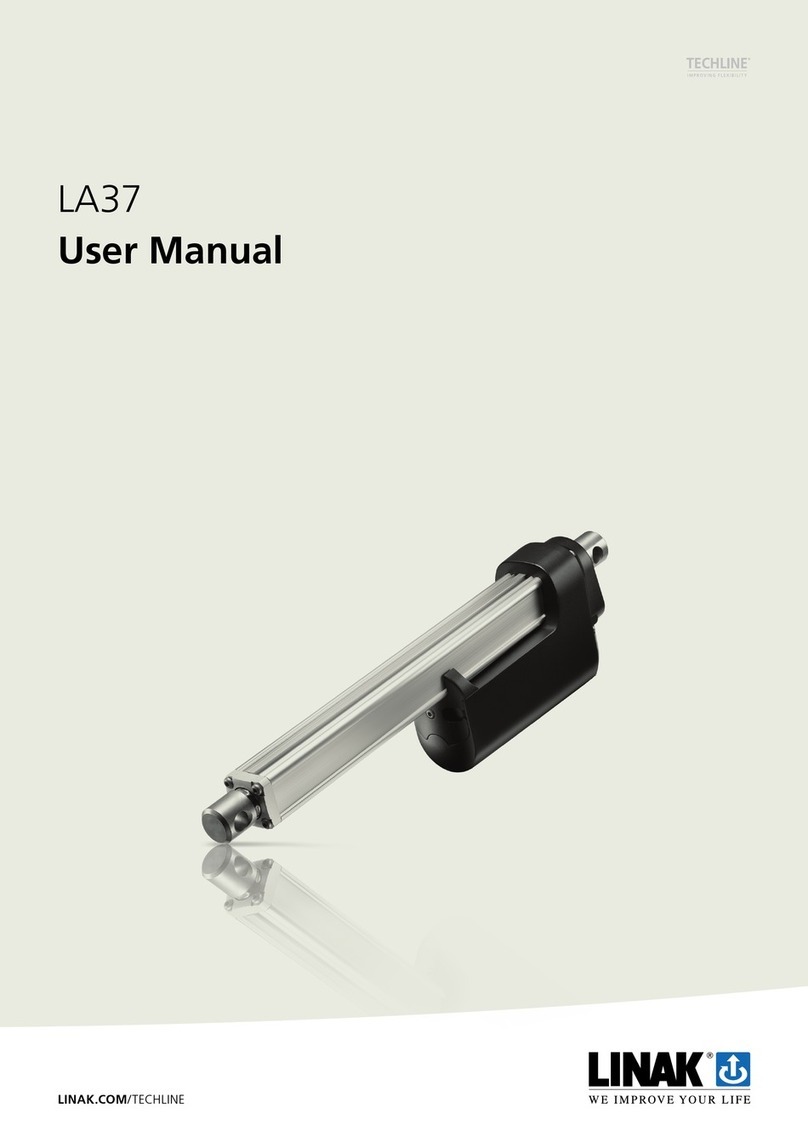
Page 2 of 24
Contents
Preface.............................................................................................................................................. 3
Valid for............................................................................................................................................ 4
Important information ................................................................................................................... 5
Safety instructions........................................................................................................................ 5
Safety issues................................................................................................................................ 6
Before installation, re-installation or troubleshooting.................................................................... 7
Before Start-up ............................................................................................................................ 7
During operation.......................................................................................................................... 7
Misc. ........................................................................................................................................... 7
Only for EU markets ....................................................................................................................... 8
Only for Non EU markets .............................................................................................................. 8
Misuse .............................................................................................................................................. 8
Manufacturer’s declaration............................................................................................................ 9
Declaration of conformity ........................................................................................................... 10
Misc. on the HOMELINE®system................................................................................................. 11
Maintenance............................................................................................................................. 11
ETL-marking................................................................................................................................... 11
Description of the HOMELINE®LA10 system............................................................................. 12
Installation ................................................................................................................................ 13
Mounting the Charging Point CP002.......................................................................................... 15
Mounting the BP12 bracket........................................................................................................ 16
Initialising the system................................................................................................................. 17
Pairing the remote ..................................................................................................................... 17
Re-initialising the system............................................................................................................ 17
Disposal of LINAK’s products ..................................................................................................... 18
Main groups of disposal .............................................................................................................. 18
Disposal of batteries .................................................................................................................... 18
Labels.............................................................................................................................................. 19
Drawings ........................................................................................................................................ 20
Addresses....................................................................................................................................... 24

